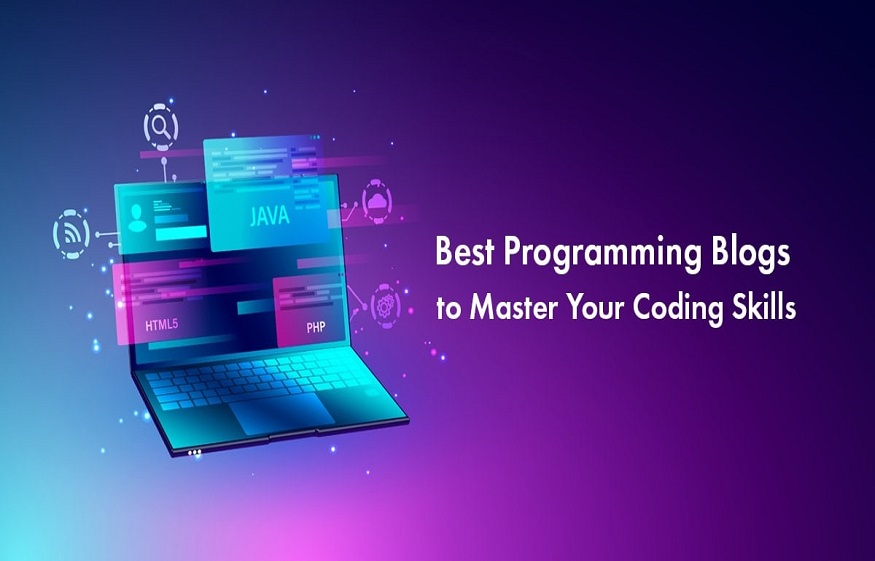What are the best programming languages for kids? We have put together a curated list of some of the most fun, useful, and even challenging programming languages that your kids can enjoy.
Although we can offer some general age group recommendations for different programming languages, it will remain individual.
Some young children may simply have a talent for programming and can dive right into a complicated language like C ++.
In contrast, an older child may use a visual programming interface that helps him do something fun like building a play environment, but may have little interest or aptitude for written programming languages.
Generally speaking, children ages 5 to 8 will do better with visual programming environments. Starting at age 8, some children can demonstrate the ability to probe the text of a language, but you may want to start with something simple.
As we move into preteens and 13 years of age, entire programming languages can be taught, depending, once again, on the child (and the language).
Visual Coding Tools vs. Manipulate your own programming code
Just remember, once you start programming “by hand” – that is, you’re writing sentences and editing the code itself – you need to pay close attention to details. A misplaced semicolon can ruin the entire program.
For some children, concentrating on this level of detail can be frustrating.
That is why many “programming languages” for children are built to create an easy programming interface in addition to the actual language.
In such a visual programming environment, the software is taking the child’s instructions and finally writing the “real” code underneath.
This is often done by dragging and dropping blocks of “code” with the mouse, without the need for a keyboard.
What type of programming language would be best for your child?
Another thing to consider when choosing programming languages for children is whether the language is compiled or interpreted. A language that requires “compilation” (like C ++) can be a bit more frustrating to learn for the beginner.
1.Compiled programming languages
The reason is that a program that uses a compiled language has to be “compiled” before it can be executed. So you would write your code in C ++, then use another program to parse that code and package it into a running program (executable).
Once the program is “compiled,” it is ready to go and cannot be edited further.
The problem with compiled programming languages is that you have to get the code just before running the compile command. A little bit of wrong syntax and everything will choke.
That said, not all compiled languages are bad for kids. BASIC (which we cover next, and which can be compiled and interpreted) is relatively easy to learn, and there can be a great sense of satisfaction when compiling and running a complete BASIC program.
2. Interpreted programming languages
The interpreted languages they work on the fly – are “interpreted” as they go.
Much of what powers the World Wide Web works with interpreted languages because compiling every bit of code to run web pages would simply not be realistic or feasible.
Perl, PHP, and JavaScript are websites that are interpreted programming languages.
To further confuse this problem, you can technically run interpreters and compilers in many languages traditionally considered one or the other. (JavaScript can be compiled, for example, although it is not its historical or common use)
Many people also confuse scripting languages like HTML and CSS with “programming” languages. HTML is a markup language – it basically identifies how a page should be displayed.
It does not create any kind of interactive capabilities. For this you must resort to programming languages such as JavaScript.
The CSS is similar and is officially called the ” style sheet language “
3 Object-oriented programming vs. procedural languages
Object-oriented programming will be the preferred type of programming for your child to learn one day if he ever wants to become a professional programmer.
However, they might first benefit from learning to program in a more “old-fashioned” procedural language .
The simple difference is that procedural programming develops through a logical progression of statements, often with structures like “IF” and “THEN” (if this happens, THEN does).
Object-oriented programming is based on objects that can connect and interact with other objects in a program. It is less linear and more holistic.
It may be a bit more difficult to understand at first, but in the long run it is easier to do a lot of complex things. BASIC is a procedural language. Java is object-oriented.
4.Bootstrap Responsive Web Design or Bootstrap Themes
Bootstrap provides a working environment for quick and easy web development. Anyone with a basic knowledge of HTML, CSS, and Javascript can develop cross-device-friendly websites professionally. You can use built in Bootstrap templates to get used to it and for you business ease.
Adaptive or responsive web design, known by the acronym RWD (Responsive Web Design) is a design technique whose philosophy is to adapt the appearance of web pages to the device that is being used to display them.
Currently, web pages are viewed from a multitude of types of devices such as PCs, laptops, tablets, smartphones and in electronic books. Even, in each type, each device has its own characteristics: Screen size & resolution. This technology intends that with a single web design, we have a suitable display for any device.




